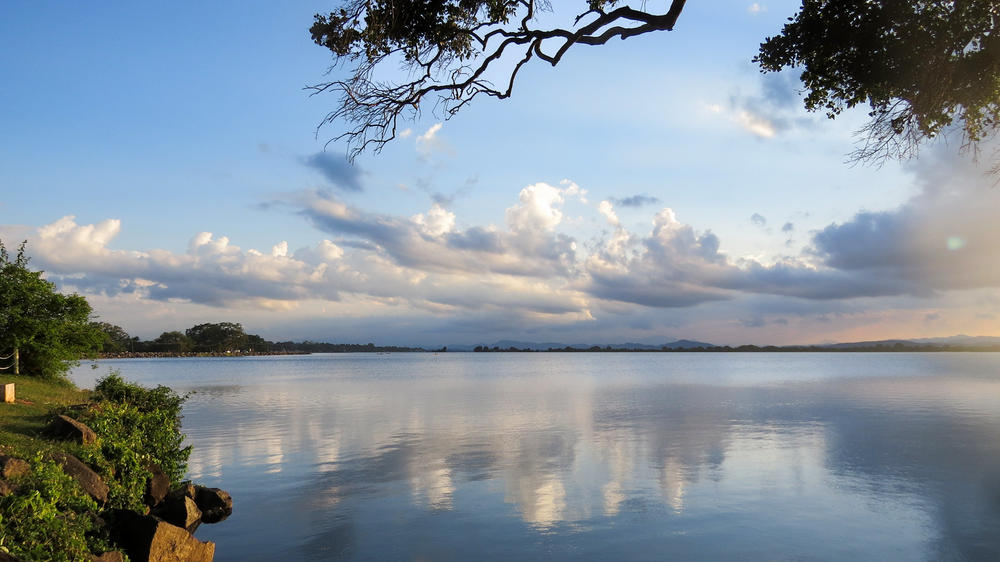Water management in the 19th and 20th century
Water governance under British colonial influence
In 1832, the British colonizers abolished the rajakariya system altogether because they perceived it as a form of slavery. They ignored the complex system of entitlements and obligations at the base of rajakariya that worked very much to the advantage of farmers. The colonizers overlooked that this system gave cultivators the choice to decline service if, for instance, their plot was too small for the intended effort as all services were negotiated in relation to the size of the holding. The rights and obligations were furthermore attached to the land and not individuals, a management system which the British were not accustomed to (Leach 1961: 168; Pfaffenberger 1990: 372).
After the abolition of Rajakariya, the colonizers installed frequently changing irrigation management offices according to customary British law and management practices. New and often contradictory laws were introduced to restructure the maintenance responsibilities but on the local level they often resulted in total confusion and rejection (Pfaffenberger 1990). Between 1832 and 1887, nobody was officially responsible for the maintenance of village irrigation facilities and finally in 1887, the British recognized the importance of the prior existing village irrigation headmen and re-established the post in 1879. Eleven years later, the Irrigation Department came into existence. During this period of time, the British designed the institution of the Farmer Committee, which resembled the village councils with a more inclusive and democratic design intended to improve community involvement, according to the British planners (Panabokke et al. 2002).
Water management post-independence
With the regaining of independence by Sri Lanka in 1948, maintenance responsibilities were assigned to the Ministry of Agriculture. A series of legislations and acts on paddy rice cultivation became effective to improve the irrigation situation. The newly founded Territorial Civil Engineering Organization (TCEO) turned out not to meet maintenance needs sufficiently. Finally, in 1979, a new public administration body was initiated. The Department of Agricultural Services (DAS) was entrusted with irrigation management tasks. The main functions of the traditionally self-organized Farmer Organizations were put under the control of the DAS while maintaining their participatory nature (Panabokke et al. 2002).
